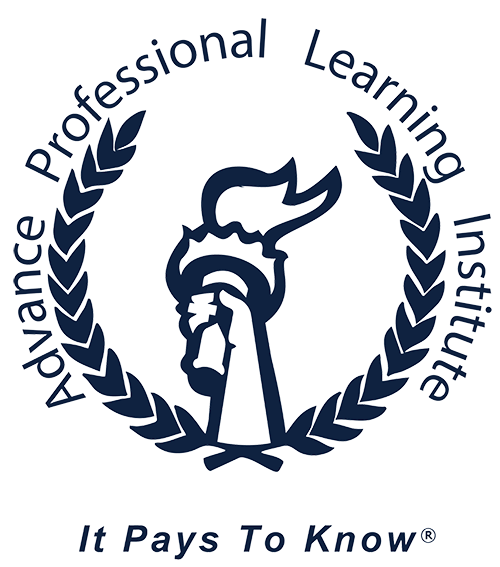Electrical Inspections
The most important aspect of the electrical inspection is to be on the alert for safety hazards. Instruction will be provided on the basic principles of a residential electrical system through a detailed coverage of both SOPs and The National Electrical Code (NEC) basics. Although home inspectors perform a visual examination of the electrical system and not a code inspection, being familiar with the NEC regulations is important for reporting and safety. The causes for most defects and hazards will be discussed in detail.
Voltage, current, resistance, volts, amperes, watts, ohms, etc., are defined and demonstrated. Basic wiring types, methods and sizes will be discussed and shown. Samples for hands on identification of wire size will take place. Breakers, fuses, GFCI’s, and panels will be on site for training. The operation of the GFCI is demonstrated along with information about the ideal location for placement within the residential home. Testing equipment for electrical receptacles will be shown and differences between the testers demonstrated.
Identify the service entrance location and capacity. Identify the type of service line entrance. Understand how to locate the Main disconnect. Identify the location and capacity of the Main Panel. Determine proper grounding and bonding. Identify the location and capacity of sub panels. Determine the quality of circuits and conductors. Identify and describe the wiring method. Identify GFCI and non-GFCI electrical circuits. Evaluate outlets, fixtures, and switches. Determine the presence of smoke detectors.
For both underground and overhead services, the installation requirements will be illustrated. Various panels will be displayed along with configuration and requirements. Requirements for sub panels and bonding of the boxes will be discussed.
Where certain topics are the subject of a variety of well-taken opinions in the inspection community – such as Federal Pacific Electrical Panels, or insulation added around attic knob & tube circuits – attention is called to them. Where limits such as 3 Phase systems are in discussion among home inspectors, the merits and demerits of those discussions are also reviewed.
PLI employs an extensive lab of equipment types and hands-on opportunities in presenting these materials (see photos).
Appropriate reporting methods discussed and examples supplied.
The basic function of the plumbing system within a residential home will be taught. The functions of the plumbing system’s supply, drain, waste and vent piping will be illustrated. Identify and the type and location of the water service. Identify the type and location of the fuels service. Describe the water entrance size and material. Identify and describe the type of water piping. Identify and describe the type of waste piping. Identify and describe the type of vent piping. Determine the method of waste removal. Identify and evaluate all plumbing fixtures. Identify and evaluate the water heater.
Describe the importance of evaluating the system for proper water flow and drainage.
Identify the appropriate tools used to inspect the plumbing; moisture meters, flow meters, pressure gauges, thermometers, shower stoppers and water buckets for sampling and test gallons per minute. Samples will be available for training purposes.
Discussion about private water and waste systems, and related testing options, is part of each course. Methods of taking water samples will be demonstrated. Illustrations of both private water and waste systems displayed and explained in detail.
PLI employs an extensive lab of equipment types and hands-on opportunities in presenting these materials (see photos).
Appropriate reporting methods discussed and examples supplied.

